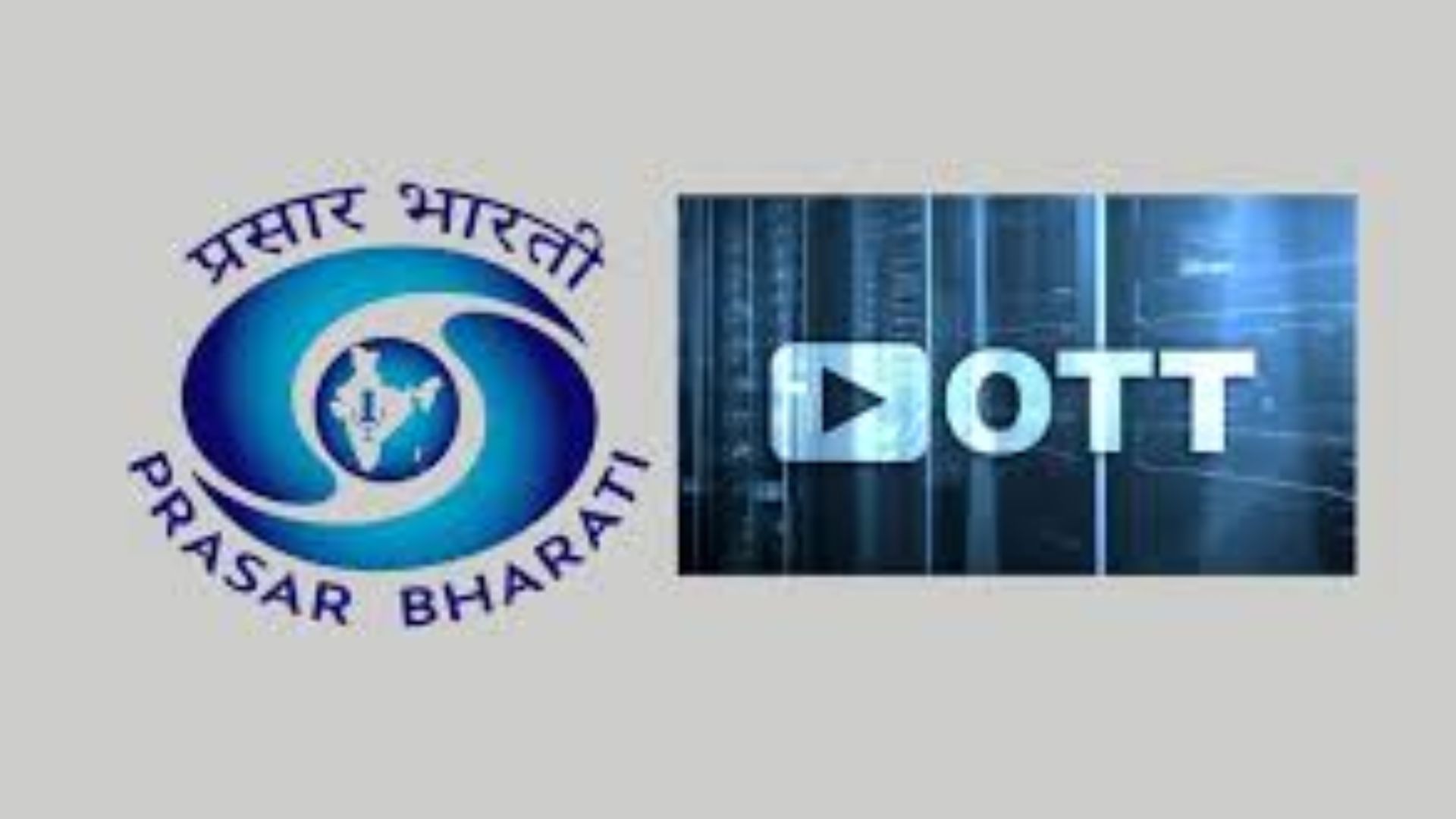The first phase of assembly elections in Jammu and Kashmir, held on September 18, witnessed a remarkable voter turnout of approximately 58.85%, the highest in the past 35 years, according to Chief Electoral Officer P.K. Pole. This phase covered 24 seats across seven districts, setting the stage for a significant political shift in the Union Territory.
Kishtwar led the turnout with an impressive 77.23%, followed by Doda West at 69.33%. Other districts, including Ramban and Kulgam, reported 67.71% and 61.57% respectively. However, Pulwama recorded the lowest turnout at 46.03%.
The polling process was facilitated by the establishment of 3,276 polling stations across the region, with 14,000 election officials overseeing operations. Voting commenced at 7 a.m. and concluded at 6 p.m., with no serious incidents reported. While minor scuffles were noted at some locations, the overall atmosphere remained peaceful throughout the day.
“This high voter turnout reflects the people’s eagerness to participate in the democratic process,” Pole stated, attributing the increase to an improved security situation, the active involvement of political parties, and a robust awareness campaign by election authorities.
The election marks the first assembly polls since Jammu and Kashmir was reclassified as a Union Territory, with the last assembly elections held in 2014. In this phase, a total of 219 candidates, including nine women, vied for votes.
In a noteworthy development, the Election Commission reported seizing cash worth ₹124.3 crore during the election period, alongside ₹107.9 crore in drug-related seizures, underscoring the commission’s commitment to maintaining electoral integrity.
As the voting wraps up for this phase, the next rounds are scheduled for September 25 and October 1, with the counting of votes set for October 8. With 23,27,580 eligible voters in the UT, officials remain optimistic that the subsequent phases will continue to engage the electorate effectively.
The successful conduct of this election phase marks a pivotal moment for democracy in Jammu and Kashmir, highlighting the region’s potential for a renewed political landscape.


















